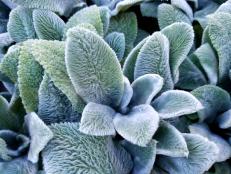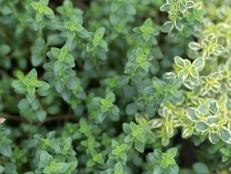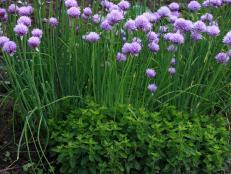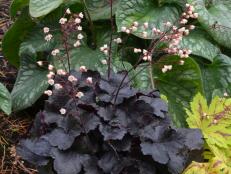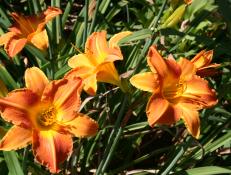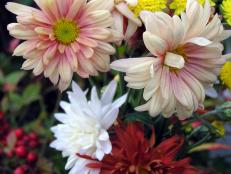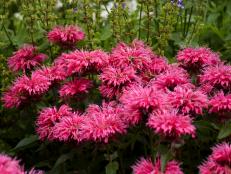How to Grow Ginseng at Home


The name ginseng derives from the Chinese word rénshēn, meaning “man root,” because the shape of the fleshy root resembles the legs of a man. Ginseng root has been coveted by the Chinese for thousands of years as an herbal panacea, allegedly improving cognitive power, restoring vitality, reducing stress and serving as an anti-inflammatory. Claims of the exotic root's power reached North America in the early 1700s and a search for ginseng in the Americas revealed a comparable plant, now called American ginseng (Panax Quinquefolius), to join the original red ginseng (Panax Ginseng) as a sought after herbal remedy.
In the 1970s, high demand for the root drove American ginseng to near extinction and prices soared. Today, the harvest of wild ginseng and cultivation of the crop is highly regulated in the U.S. and the pricey root continues to hold appeal sold as a supplement in capsules and as an ingredient in herbal teas and energy drinks.
The small, shade-loving perennial is cultivated for domestic sale and export in the U.S., but wild ginseng is prized as a superior crop. Found growing in forested regions, harvest and export is big business, fetching hundreds of dollars a pound, but is heavily regulated and competition between foragers is fierce and often operates outside the law. Because the slow-growing plant is destroyed to harvest the root, those who illegally harvest ginseng can face stiff fines or imprisonment.
Regulation of wild ginseng harvesting varies from state to state and permits can be obtained at a price, but growing ginseng on private property for home use is possible without risking backwoods feuds or a trip to the slammer.
Growing ginseng at home is not difficult, but requires patience. Ginseng seeds take up to 18 months to germinate and although seeds may be stratified (stored in shallow sand or peat under refrigerated conditions for more than six months) at home, look for stratified seeds sold by reputable dealers. Planting purchased seedlings is easier and less-time consuming, but considerably more expensive. Because it takes a minimum of 5 years before ginseng is ready to be harvested, the price of seedlings will vary by age.
Whether starting from stratified seed or root, select a well-shaded location with good drainage. Select sloping ground with 75-80 percent shade. Plant where competition from weeds is minimal and plants are unlikely to be disturbed by foot traffic. Conditions may be simulated in raised beds covered with netting. Ginseng can also be grown successfully indoors using containers with drainage reservoirs placed out of direct sunlight. Seeds are to be sown in the fall at a depth of about 1 ½ inches, while roots should be planted under 3 inches of soil and do best when planted in early spring.
Ginseng plants do best in moist conditions, but require little attention to develop. Refrain from fertilizing plants. Water ginseng grown outdoors when conditions are especially dry. Seeds of the deciduous plant will germinate in the year following planting and plants over a year old will often flower and produce red berries, from which seeds may be harvested, but the valued part of the ginseng plant is the root, which reaches maturity only after 5 to 10 years and after it has developed three or more prongs. Prongs do not necessarily reflect the age of the plant, but are an indicator of maturity.
When maturity is reached, ginseng should be harvested in the fall. The root of this special plant can be chewed raw or used fresh in tea, soups or stir-frys. To preserve the root, it may also be dried and then sliced or grated for future use.
As with all herbal supplements, consult a doctor before using in conjunction with medication and strictly adhere to recommended dosage and applications before using any non-traditional curatives.






